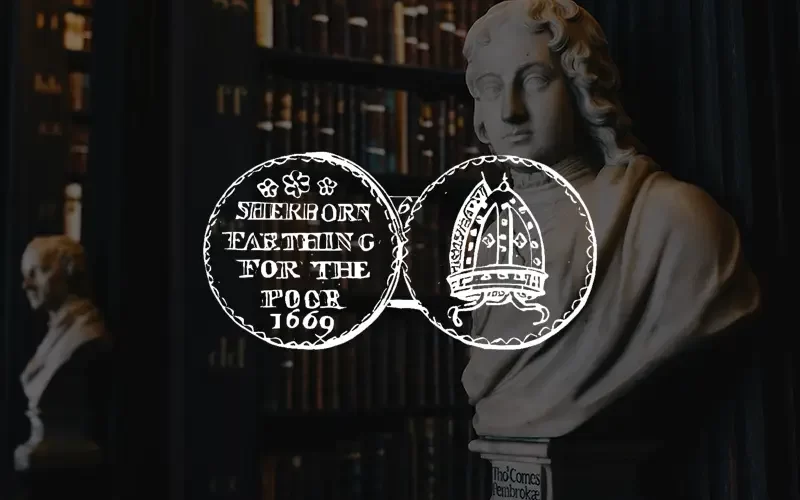The crucial importance of John Nash’s ‘Metropolitan Improvements’ in
the creation of the West End of London as we know it today
First as Prince Regent, and from 1820 as King, George IV was responsible for commissioning some of the most memorable buildings in Britain’s long architectural history. Many of them display the creative genius of his favoured architect, John Nash, three of which are featured in this talk: the Royal Pavilion at Brighton, the long-demolished Carlton House in London’s West End, and Buckingham Palace, which replaced it as the King’s main residence. Behind its extravagantly orientalist facades, the Pavilion contains a suite of recently-restored state rooms which rank among the most sumptuous of the time. Carlton House, at the southern end of Regent Street, another Nash commission, was the Prince’s main London residence, and contained another set of superbly decorated and furnished interiors. But the Prince abandoned Carlton House after he became King in favour of the former Buckingham House, at the western end of St James’s Park, newly landscaped under Nash’s direction, and in its present form Buckingham Palace dates mainly from the 1820s. Its suite of lavishly decorated and furnished state rooms survives substantially intact, providing a fitting finale to this story of enlightened royal patronage – though the story did not end well for Nash, who was pilloried both in Parliament and the press for the enormous overspend that characterised all the king’s projects.
Geoffrey Tyack grew up in London and read history at Oxford University, He gained a PhD from the University of London and is an emeritus fellow of Kellog College, University of Oxford. His publications include Sir James Pennethorne and the making of London (1992), Oxford an architectural guide (1997), John Nash; Architect of the picturesque (2013) and Oxford Libraries (2025). He is editor of the Georgian Group Journal, a council member of the London Topographical Society and President of the Oxfordshire Architectural and Historical Society.


